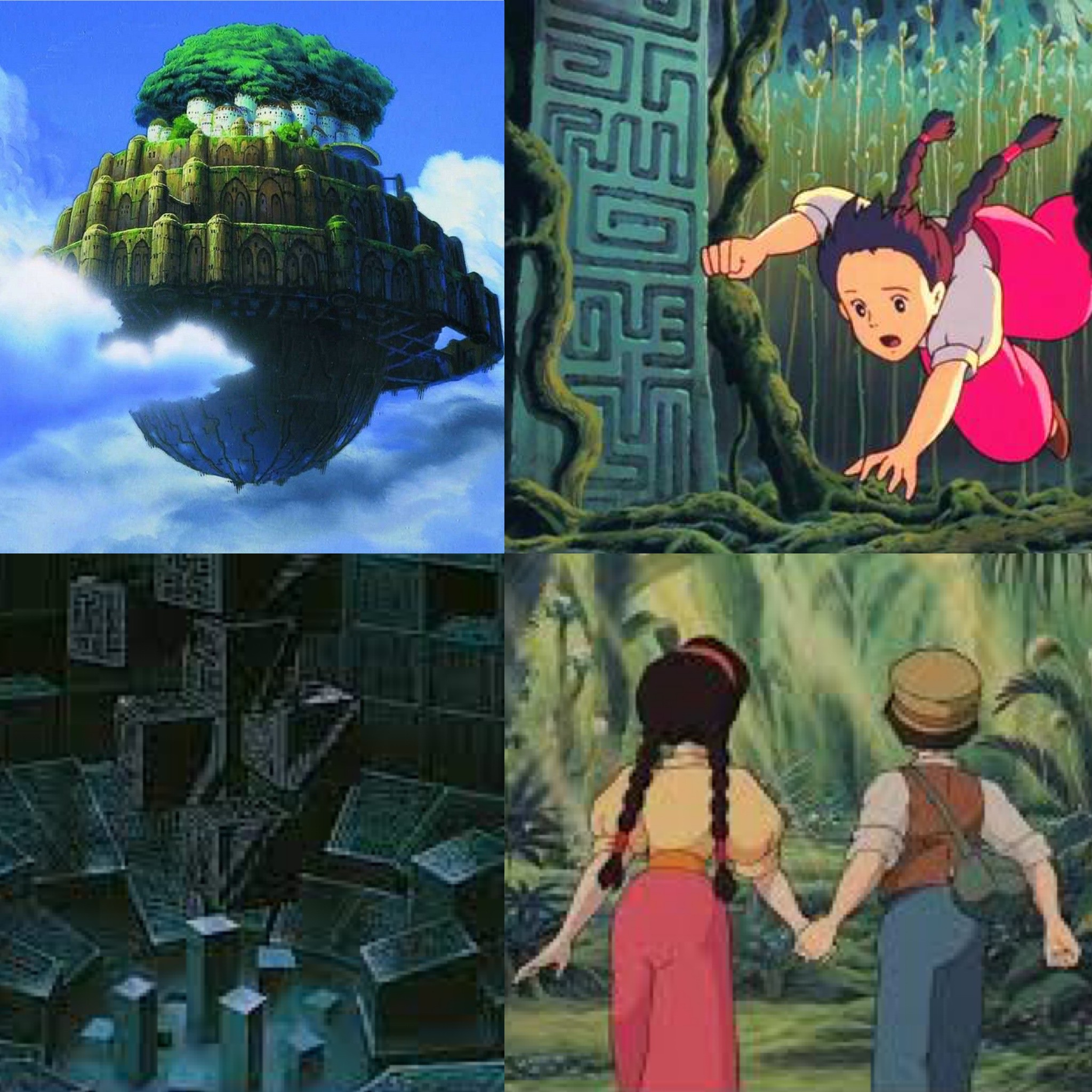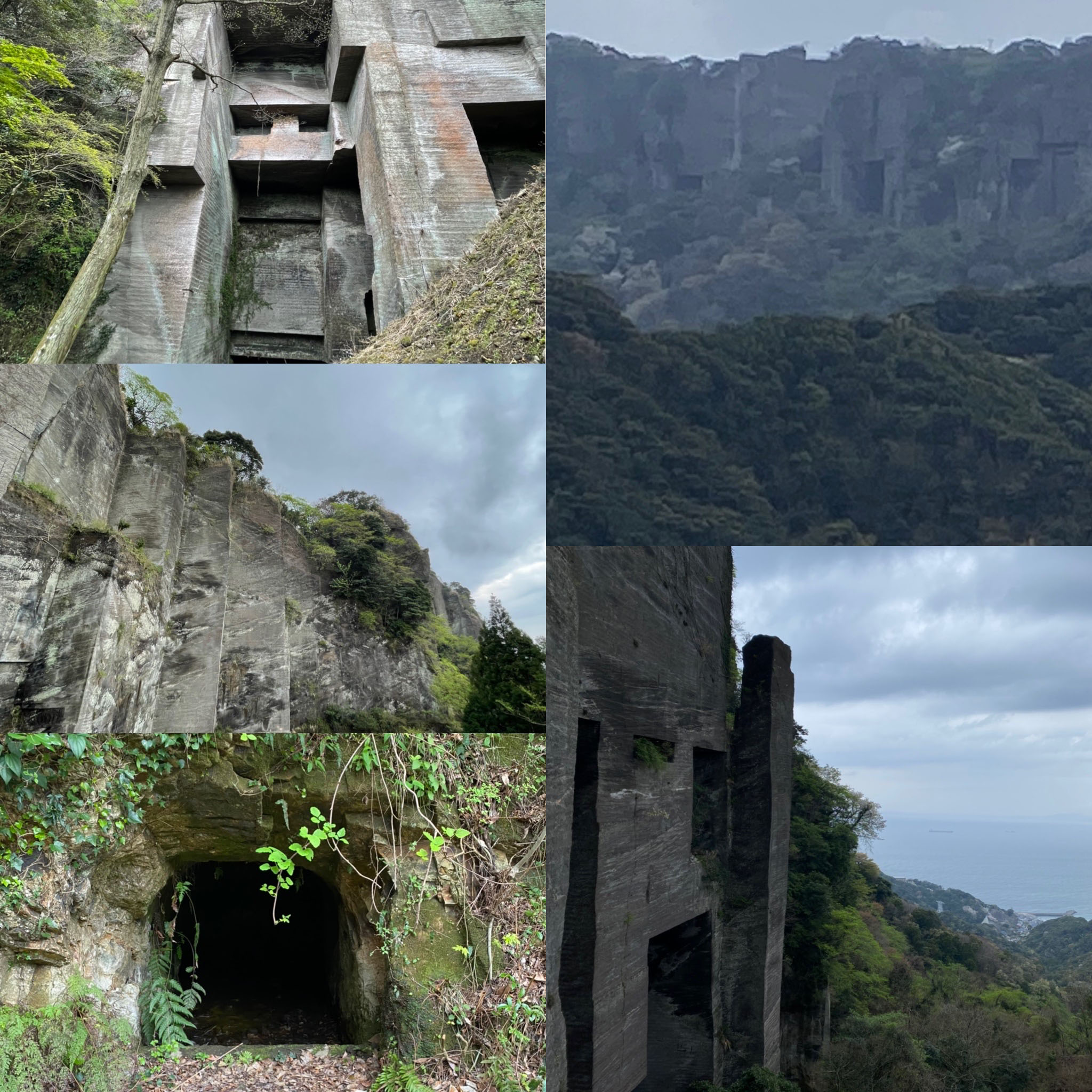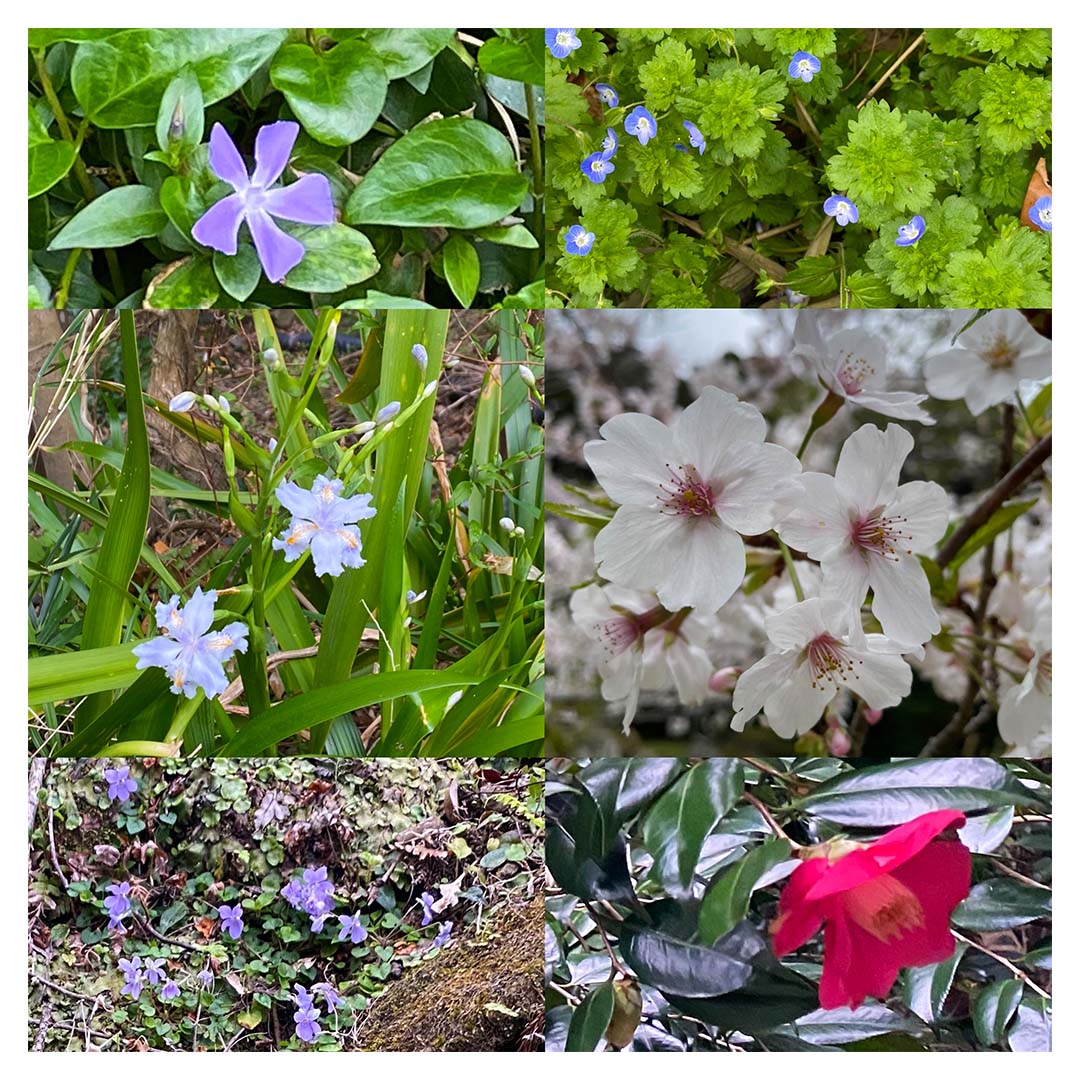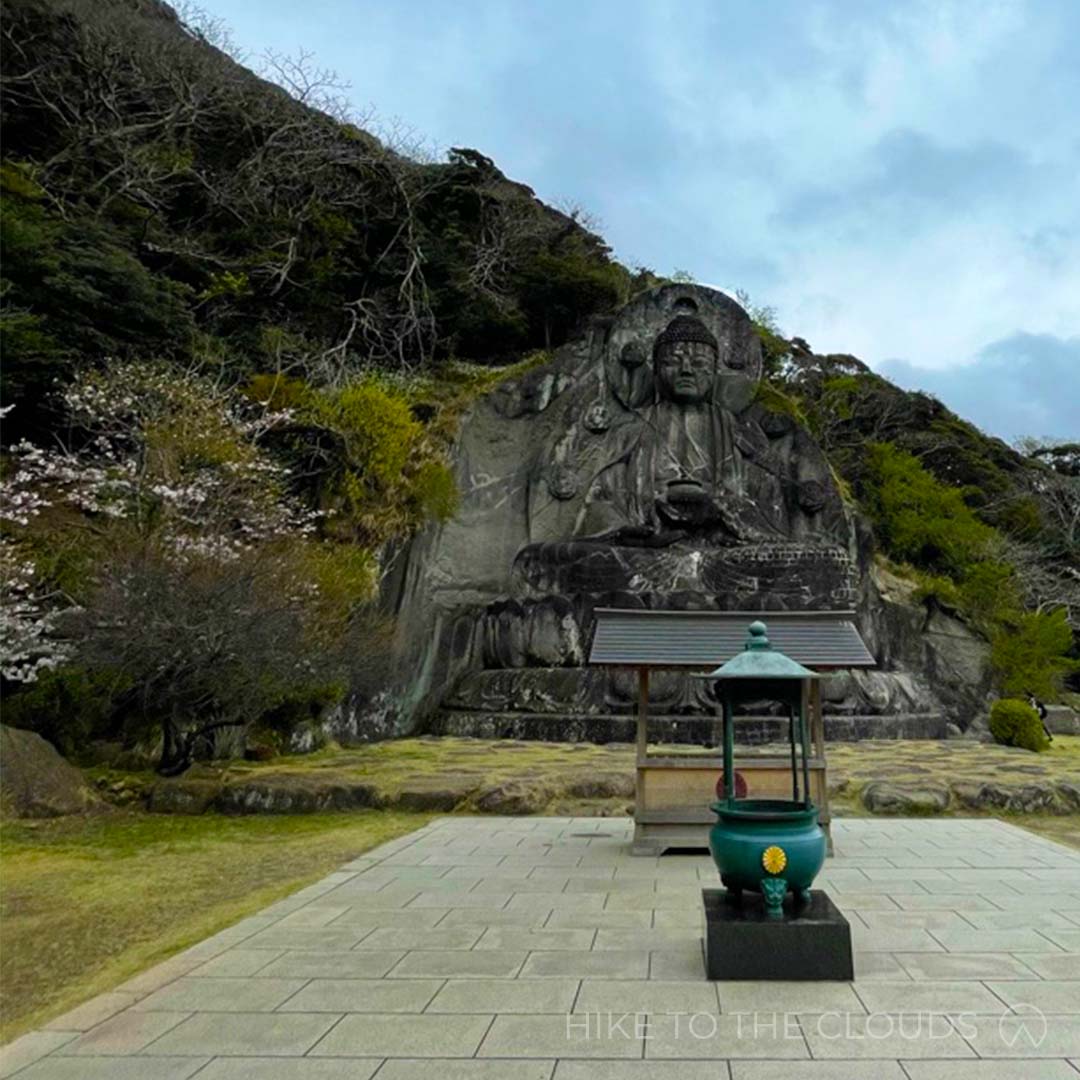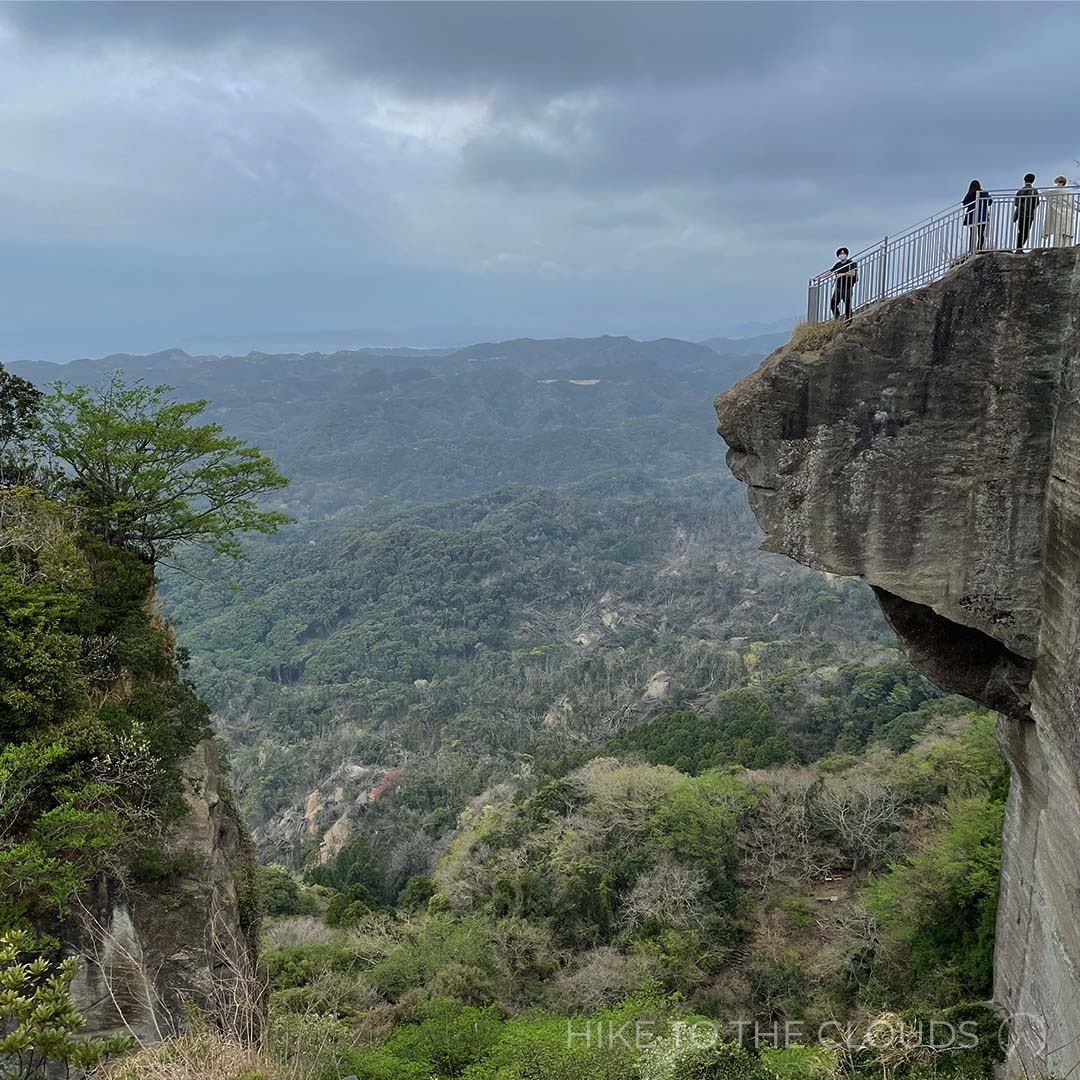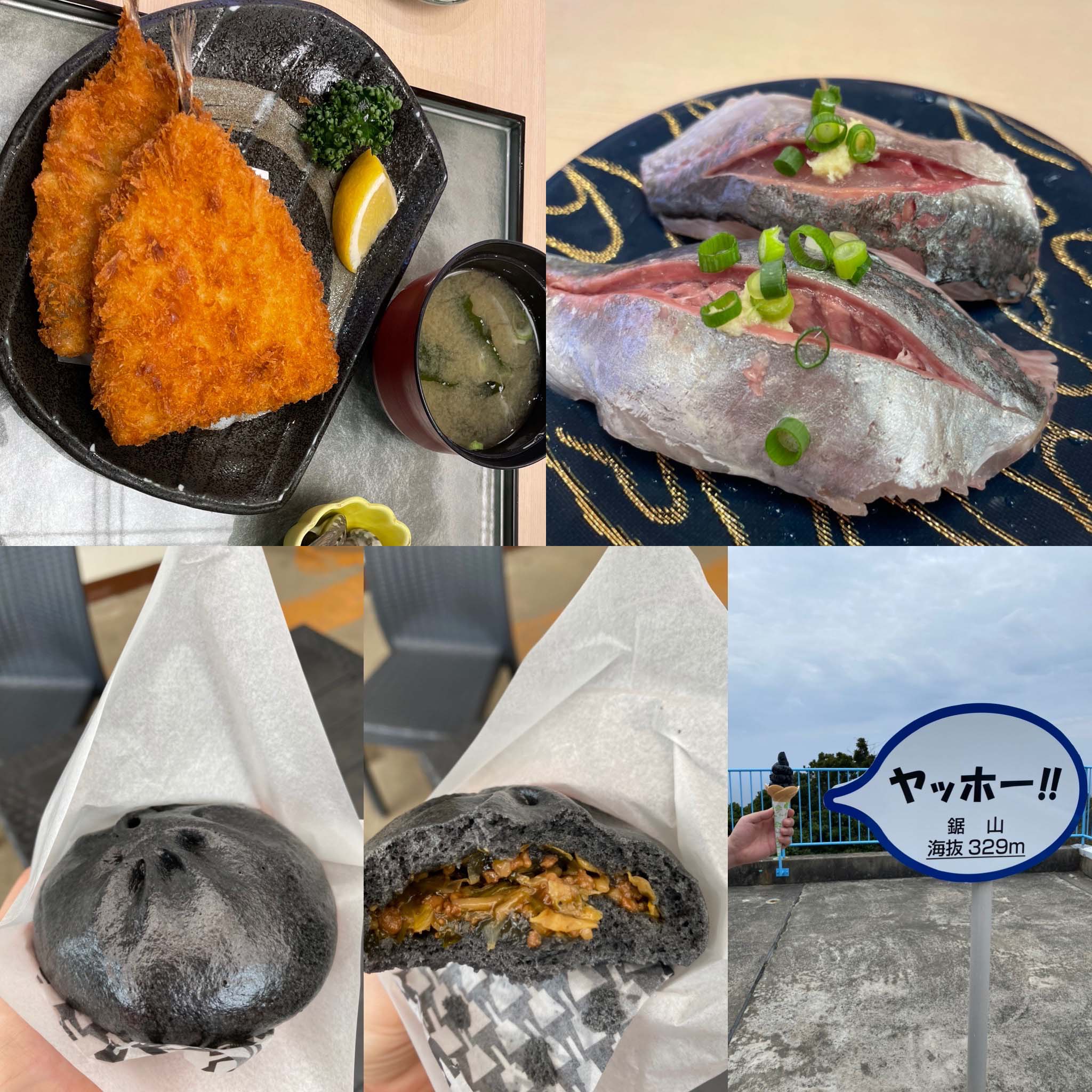Peer into hell at Mount Nokogiri
Last Sunday the Hike To The Clouds Team went to Mount Nokogiri in Chiba. Known for its stone Buddha (the biggest in Japan) and its heart-attack-inducing cliff that supposedly looks over hell, we were all very excited!
We went by car, the easiest route is over the Aqua Line, a road that travels partially under and then over the sea between Tokyo Bay and Chiba. On arriving, we parked at the ropeway station as we were planning to take the ropeway down after our hike. The start of the hiking trail is just 5 minutes away on foot. There are 2 main trails up, both are very well signposted in Japanese and English. Although the very beginning of the courses are paved, they soon turn into a rugged and rocky natural trails.
We chose the Shariki Michi Course. This is the trail that was used by women carrying stone down from the quarry in the Edo period (1800s). We were amazed to read that each woman carried a total of 720kg of stone a day on wheelbarrow-type carts which they dragged behind them. They did the trip 3 times a day (240kg each time), carrying their carts on their backs all the way back up. What amazed us, other than the fact that they were pulling an equivalent weight of 7 pandas a day, was the type of footwear they were wearing. In the Edo period women were wearing a kind of waraji or straw geta (similar to current day flip flops). The stone trail was probably a bit smoother back then, but still extremely bumpy and steep. Parts of the stone trail they took are leftover today, making the pathway very uneven. I was glad that I was wearing my hiking boots.
The whole trail is like a free outdoor museum with information boards explaining about the different areas of the quarry and how everything worked. The information boards were written in both Japanese and English, and made us feel truly immersed in the history of the area. I could imagine the women with their carts passing us on the trail, cheering each other on. Walking up towards the mountain we could see large oblong shapes cut out of the cliff, which looked like large modern art pieces. The closer you get the more impressive they look. The contrast between the lush nature and the hard cut rock, made us feel like we could have been on Laputa.
I recommend visiting Nokogiri in Spring. We went when the cherry blossoms were in full bloom and found a variety of different flowers blossoming throughout the trail. They were a good excuse to stop and take a break after yet another flight of the many flights of steps (google says there are 2639 steps on the mountain – I can believe it). The further up the trail you go, the more steps you will encounter. Culminating in what we called the ‘stairs of death’ leading up to the observatory area, where we found a mother comforting a very intimidated and distressed child. They made it up eventually though, to loud cheers from the whole family waiting at the top. The tough climb up the stairs of death were worth it, the views from the observatory are 240 degrees of spectacular. We hadn’t reached the summit yet though, after coming down from the observatory area, we continued walking for another 10 minutes (up and down even more steps) to reach the summit.
The summit itself was less impressive than the observatory area. Just a small square with a dilapidated sign and not much of a view (compared to all the other views we had seen that day). After stopping to take a picture, we headed back down to where the path splits. This time we took the other route towards the temple, stone buddha and ropeway. It cost us ¥700 each to enter the temple area. As soon as we entered, we were confronted with an impressive 30 metre tall carving of the Goddess of Mercy, that was carved directly onto the mountain, and I could swear she was looking right into me. After gawping, mouths open for a few minutes, we managed to get our selves moving again. We turned left, up yet more stairs to the Jikoku Nozoki (peek into hell) cliff. The legend goes that if you look over the edge, you can see into hell. After semi-climbing up to the ledge (there is no easy pathway here – again thank you hiking boots!), I tentatively creeped down to the edge and peered over the edge. I was immediately relieved to find more glorious green views over the surrounding forests…all while gripping onto the barrier for dear life. After taking our mandatory picture on the cliff, we headed down what seemed like a never-ending stair way to the giant stone Buddha. The buddha was as magnificent as we had expected, made all the more ‘Zen’ by the flourishing cherry blossoms nearby. We spent some time relaxing here while taking in the spectacular views from nearby benches. This is the perfect place to have a picnic if you brought food with you. In this area there are also vending machines selling much needed cold drinks and a temple shop selling various charms.
Instead of taking the never-ending steps back up, we went a different route along a trail with cherry blossoms and then up to a waterfall created to make soothing sounds. From there we took a look at some of the caverns filled with arhat stone statues. 1500 arhat (rakan in Japanese) were carved of enlightened priests by the same craftsman that carved the giant Buddha. Sadly, during the Meiji period most of them were beheaded (the statues, not the priests) due to anti-buddhist sentiment. The temple has been working to carefully repair the statues.
Exhausted from all the steps we decided to go and try some of the Nokogiri “B-grade foods” (B級グルメ) at the ropeway. The hell ice-cream is a delicious vanilla ice-cream coloured with charcoal. It was fun to see our tongues turn black and we all took turns showing each other (yes, I know, so childish, but I dare you to eat one without showing someone your tongue). The next item on the menu was a black steamed bun. We didn’t think there could ever be such a thing as too much ginger, but we found out, there is. The (bun) made it onto our very special C-grade food list.
The queue for the ropeway down didn’t take very long. The sign said that they went every 15 minutes, but with 2 gondolas running, each taking just 4 minutes to travel each way, we weren’t waiting long at all. The ropeway staff also acted as guides as they spoke about the sights you can (usually) see at different points. Apparently, it is possible to see Mount Fuji on a clear day. …It wasn’t that clear the day we went, but we enjoyed the views over the mountain forests and bay nontheless.
Arriving at the car with aching legs and ravenous bellies, we decided to go to see if we could get some of the famous aji (鯵) fry (breaded fried horse makerel) served at Sasuke Shokudo (さすけ食堂). It was later than we had anticipated so we called ahead, and as we had feared, they were all sold out! So, we ended up at a sushi restaurant across from 7/11. To our delight they had an aji fry teishoku which came with 2 fried aji, miso soup, rice, sashimi and sea snails - another delicacy in Chiba. The team members who were brave enough to eat the snails said that they taste similar to shellfish. After eating we went out to the beach, listened to the sounds of the sea and discussed the highlights of the day. We returned home to Kanagawa feeling fulfilled and refreshed, though calf muscles were hurting for days.
If you would like to hike Mount Nokogiri, visit our main Mount Nokogiri page for more information.
